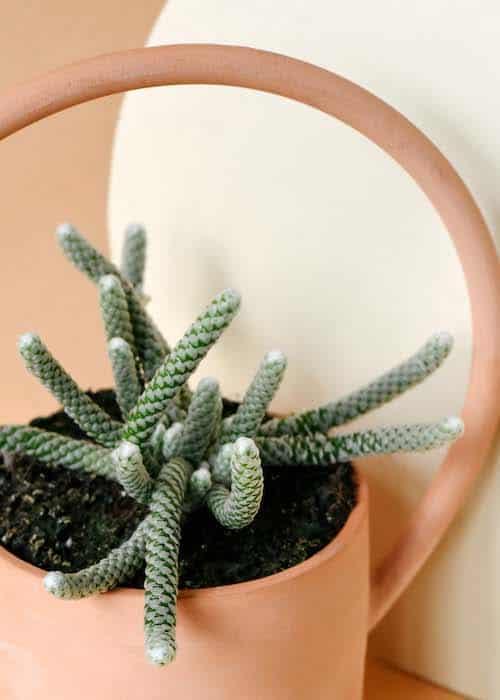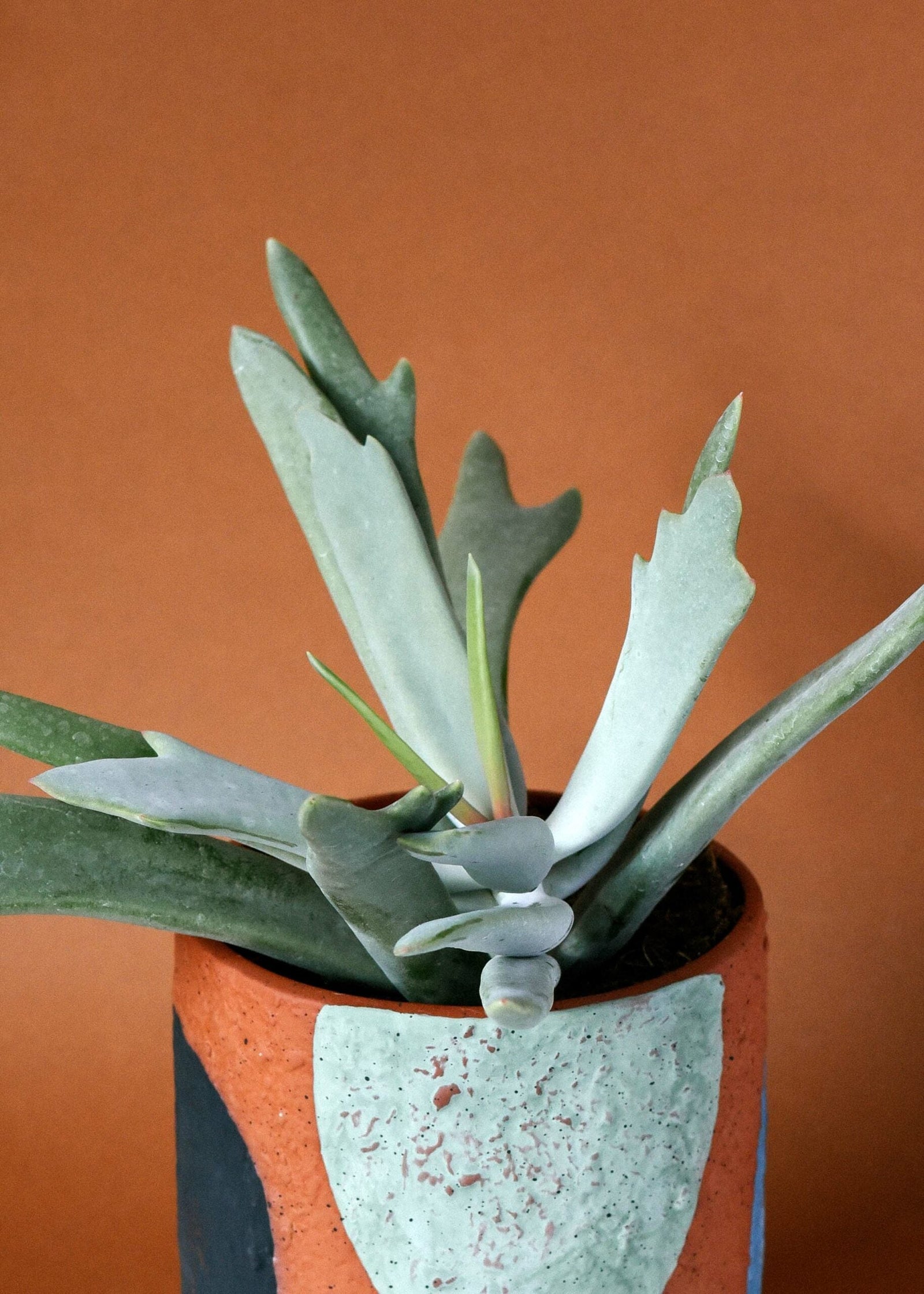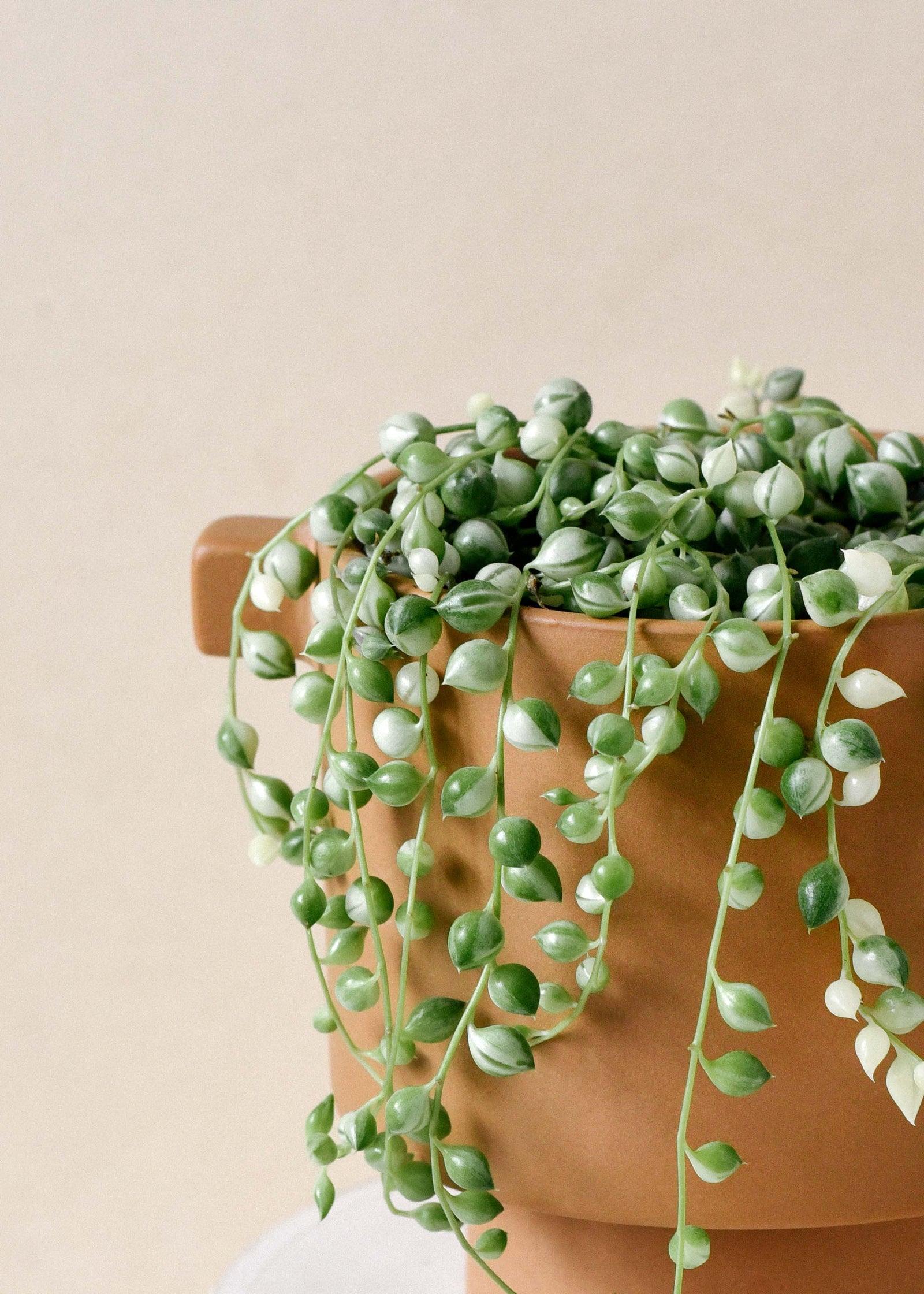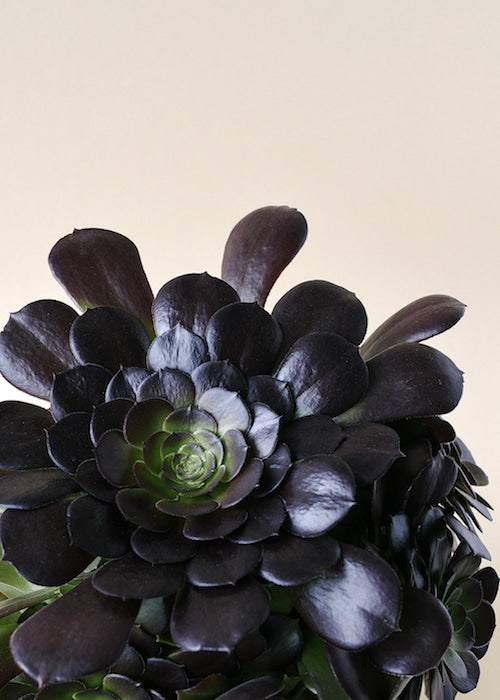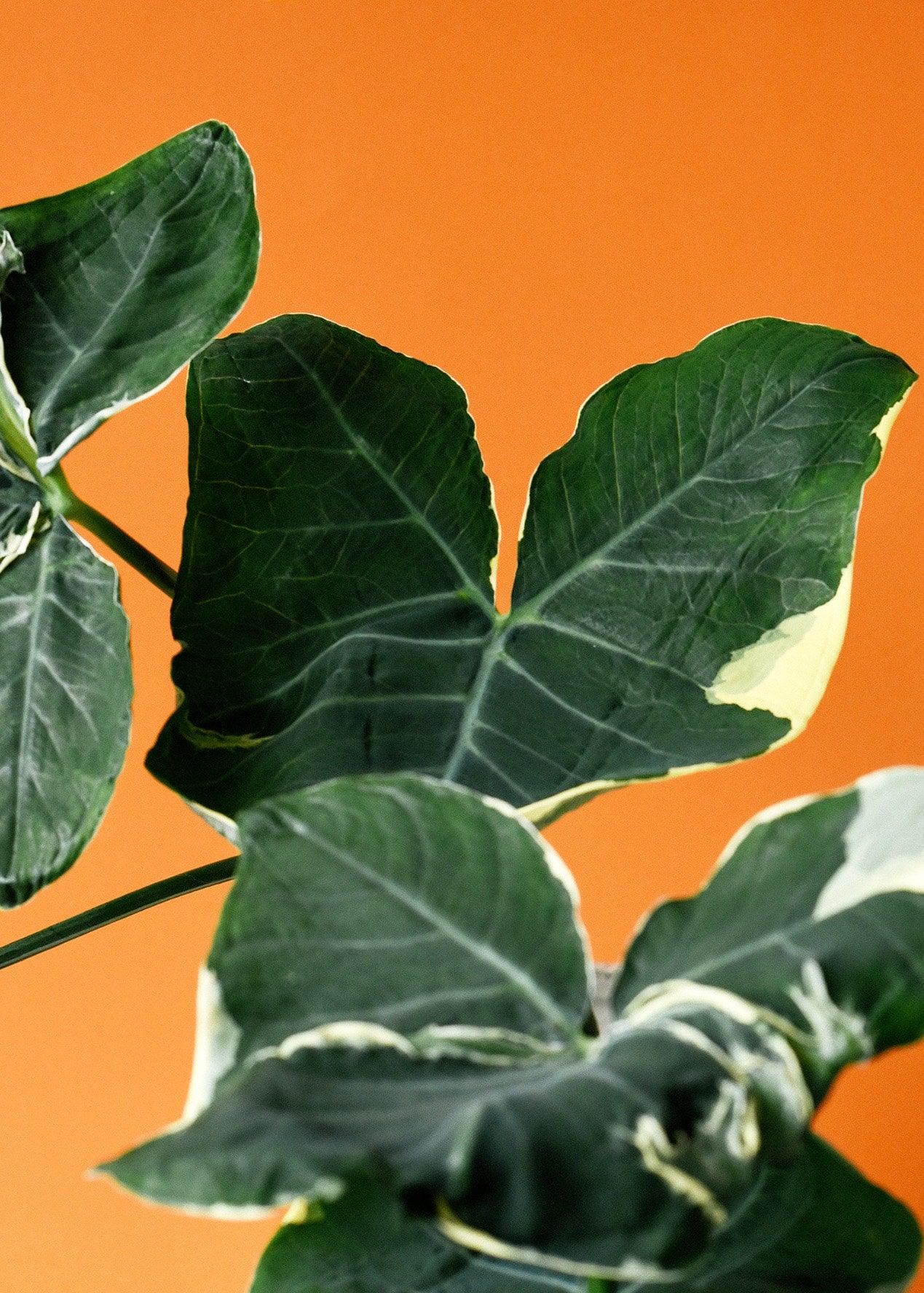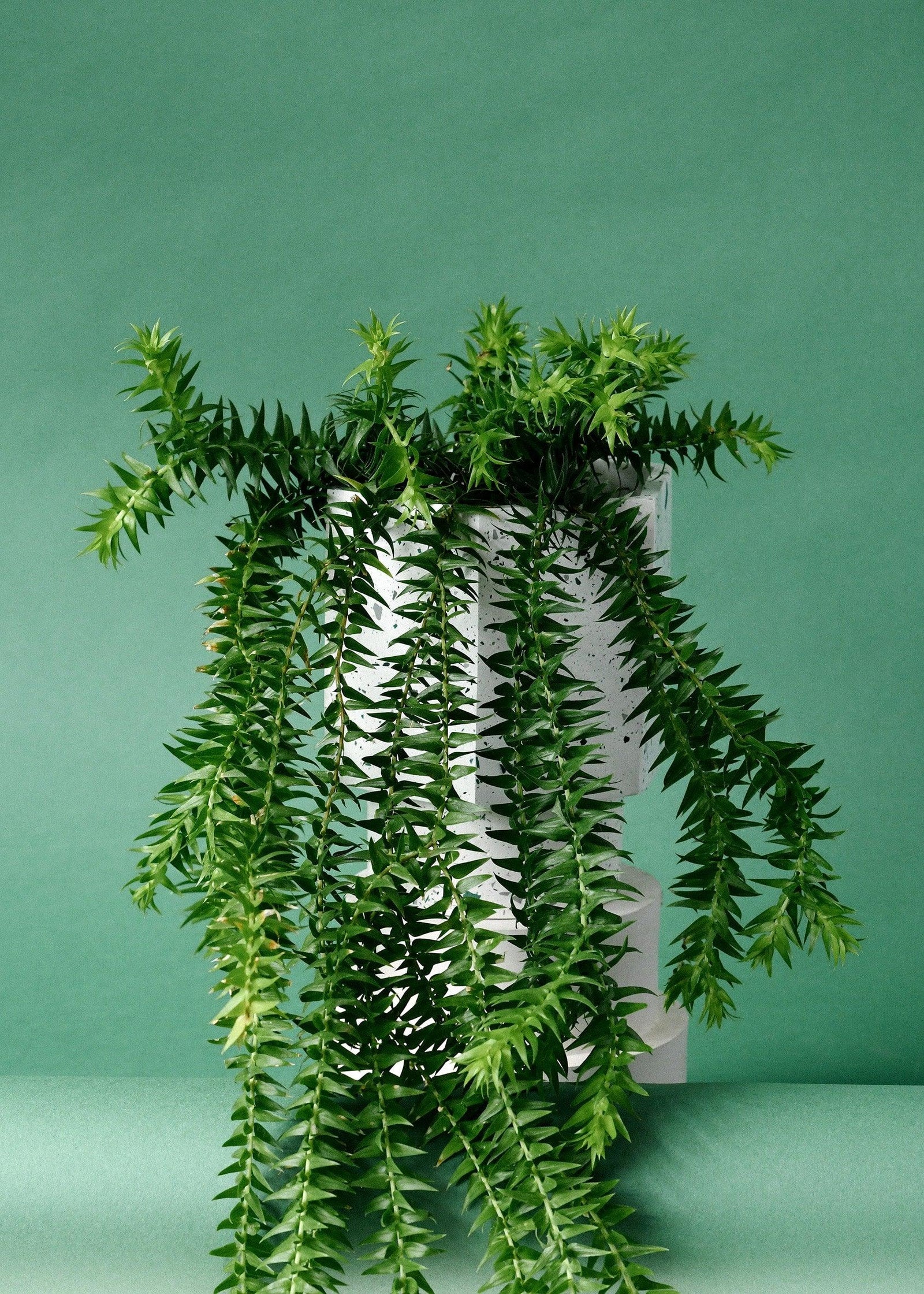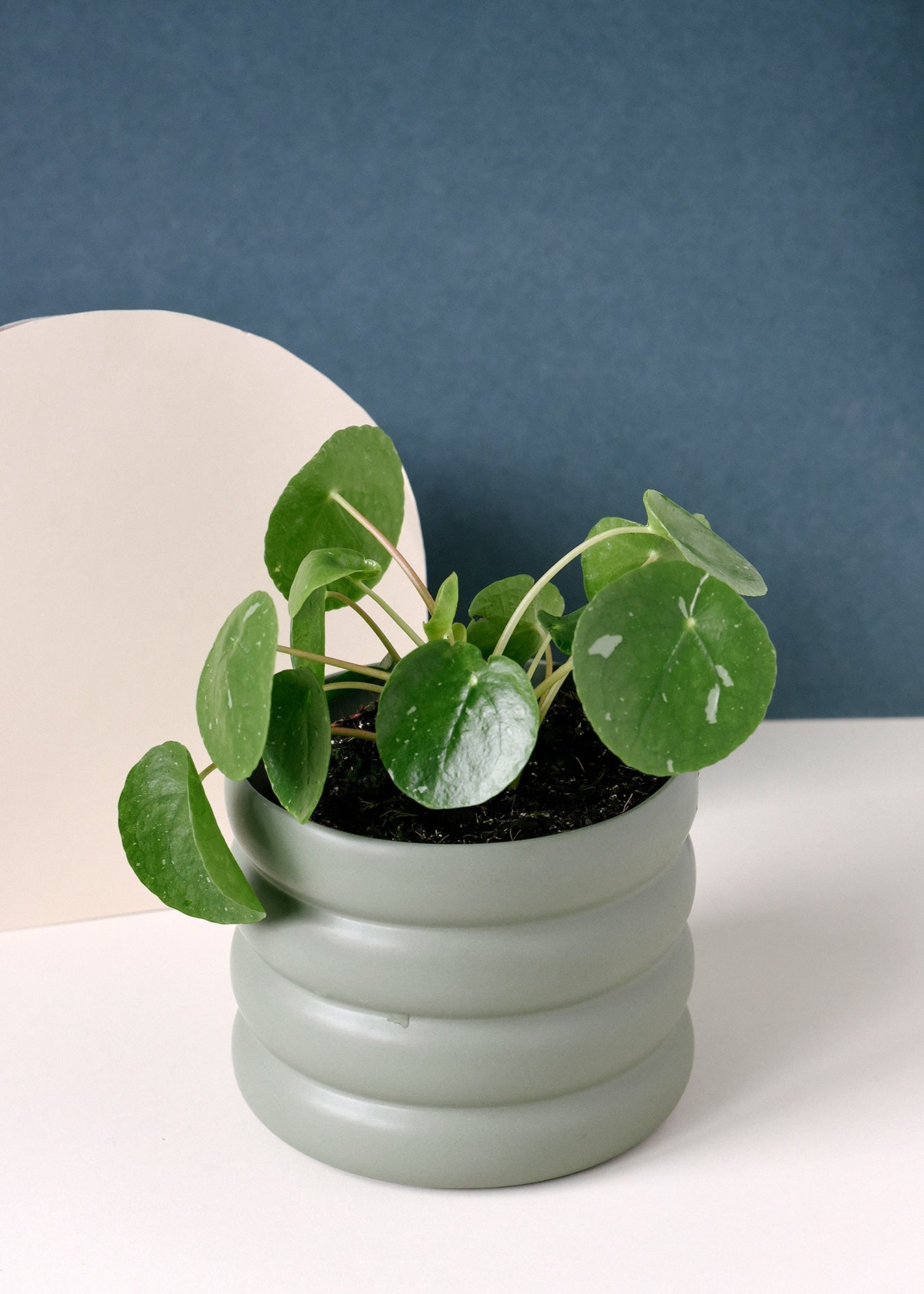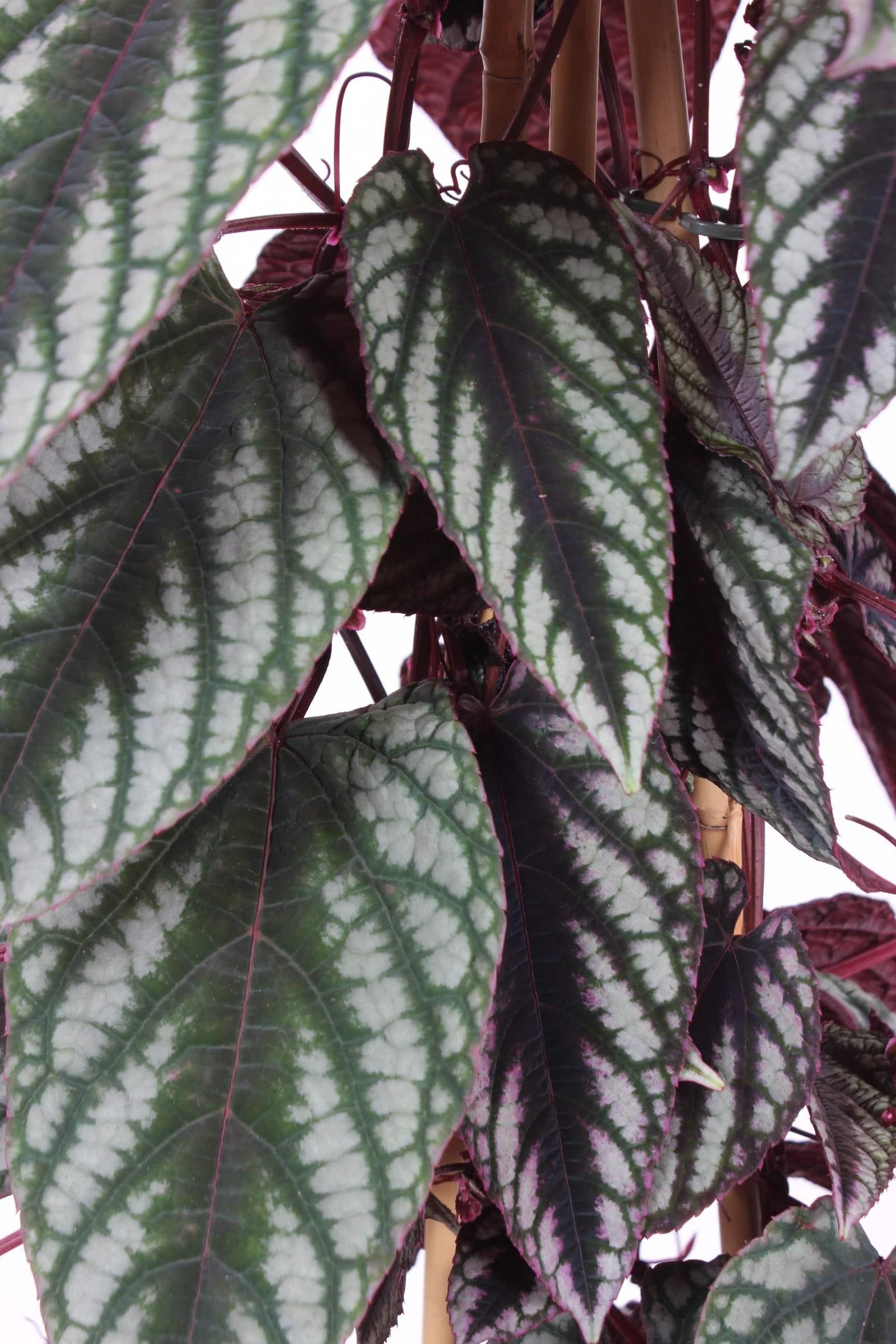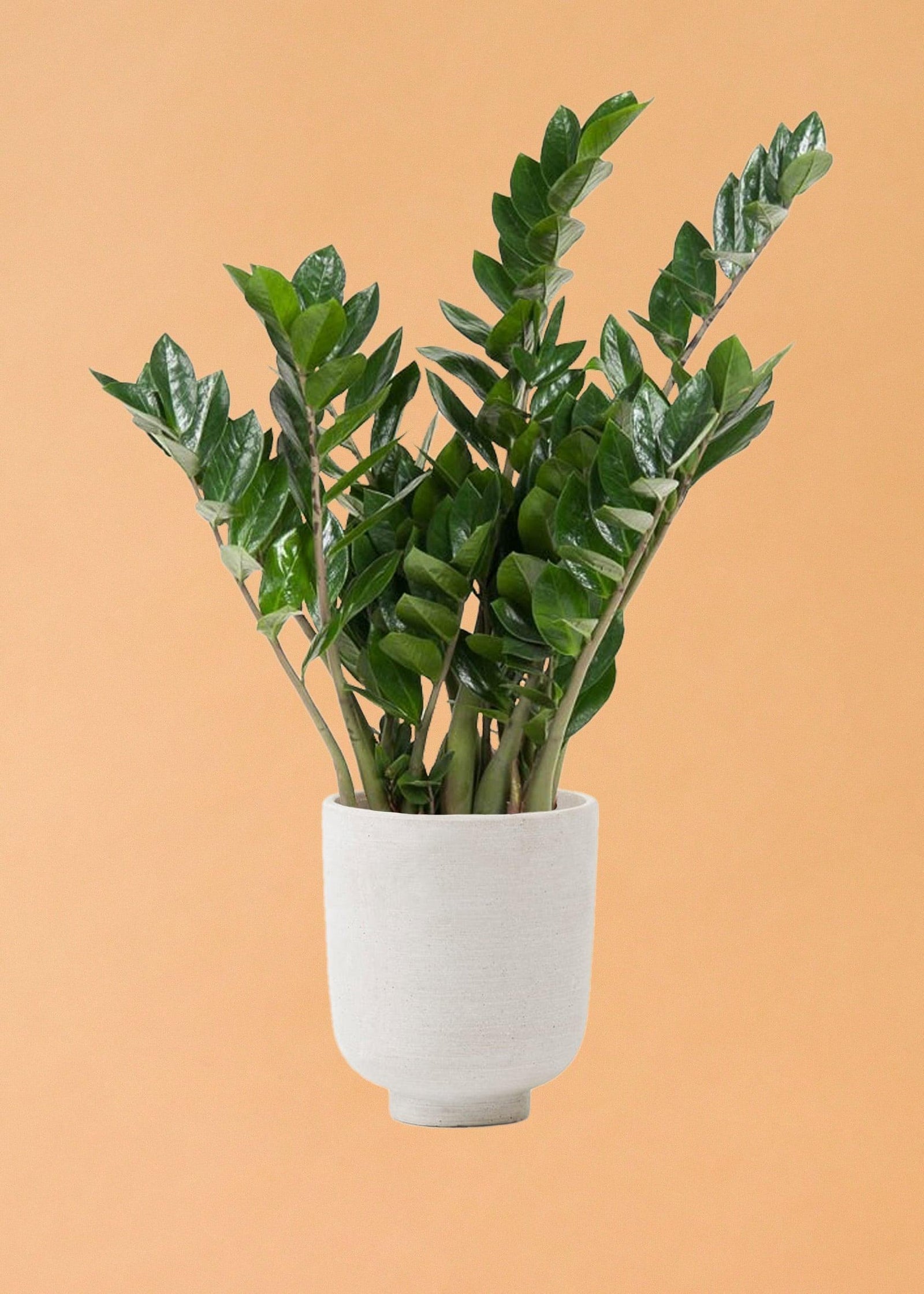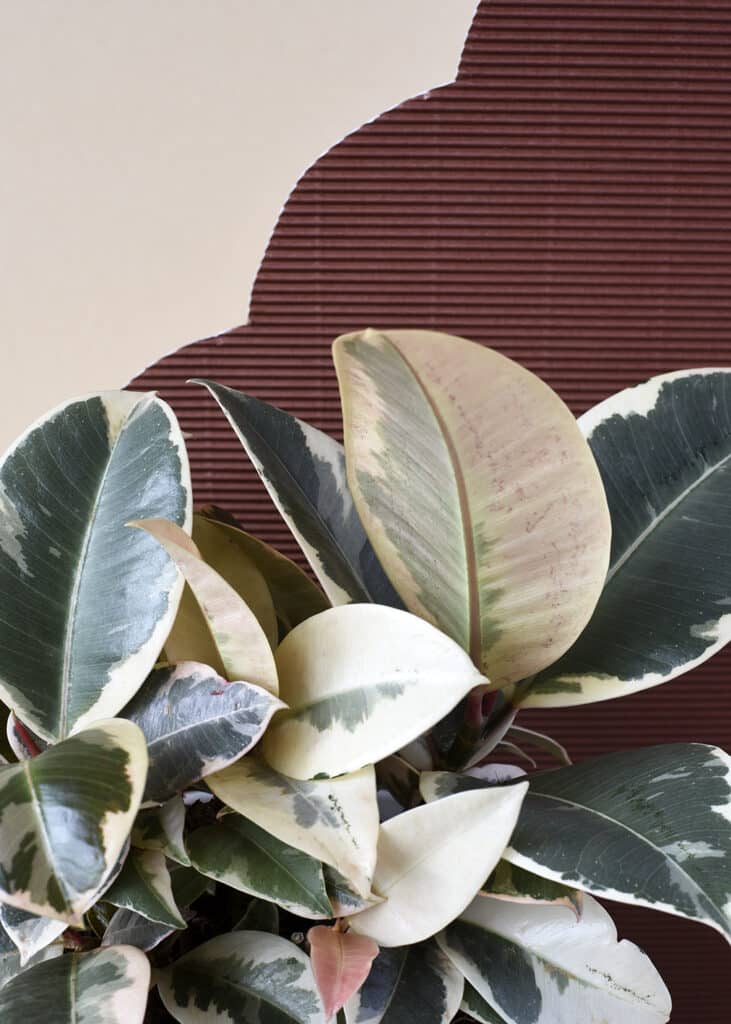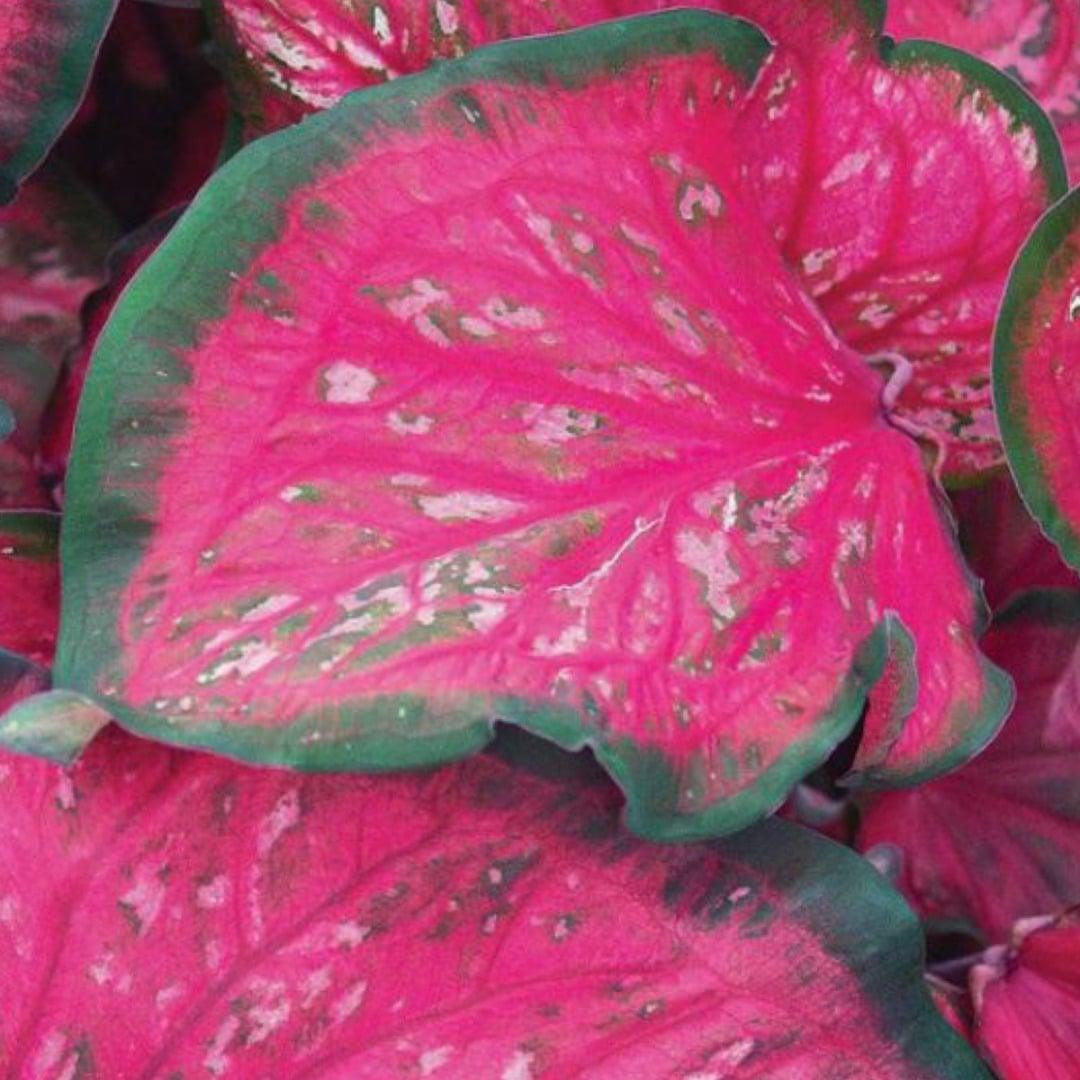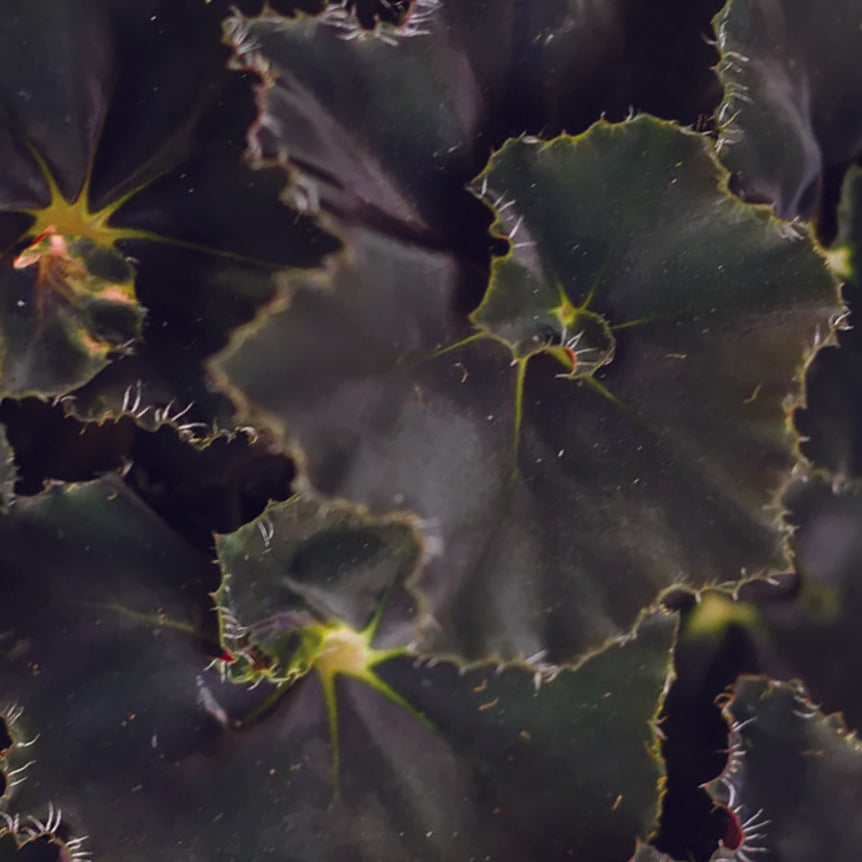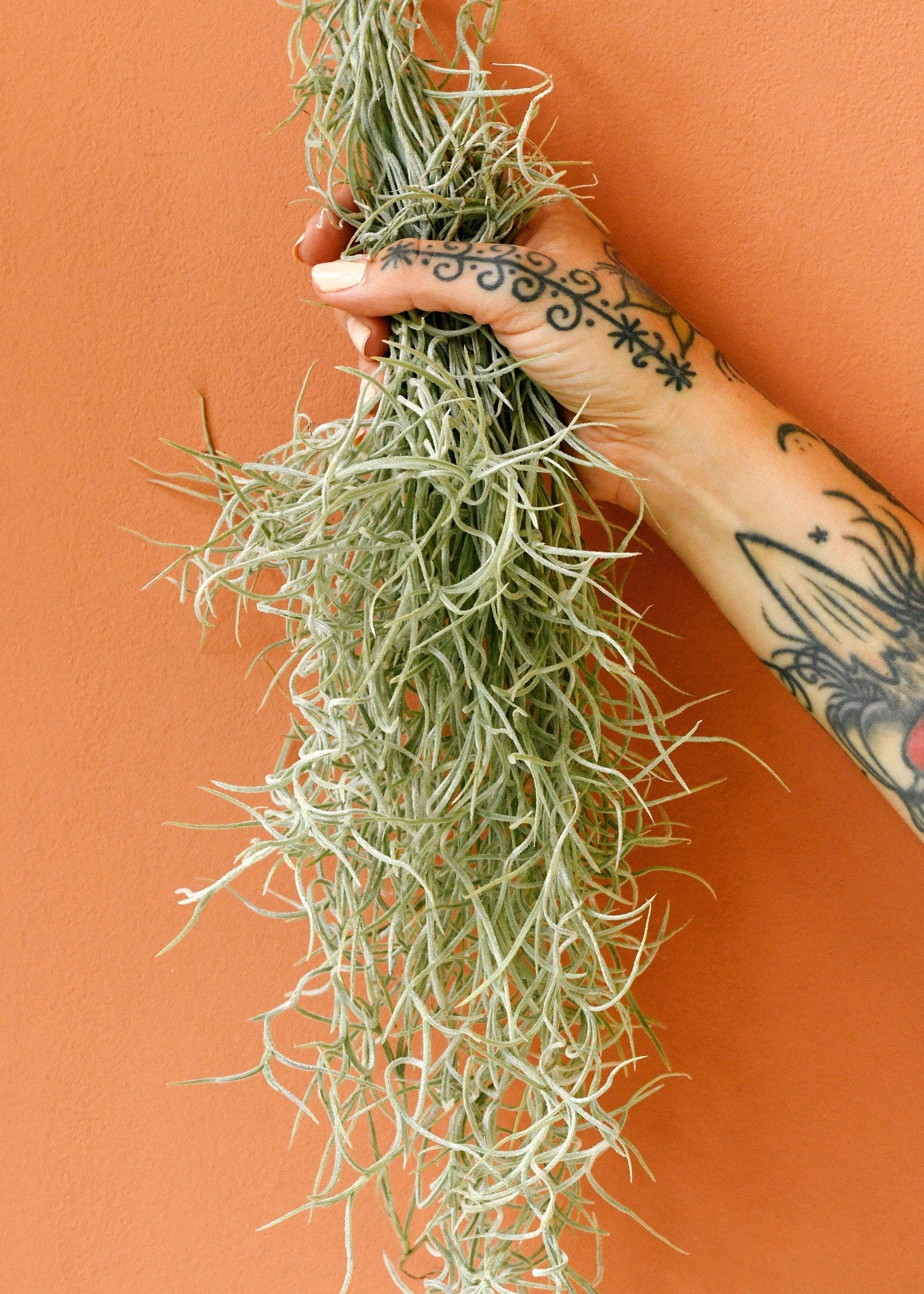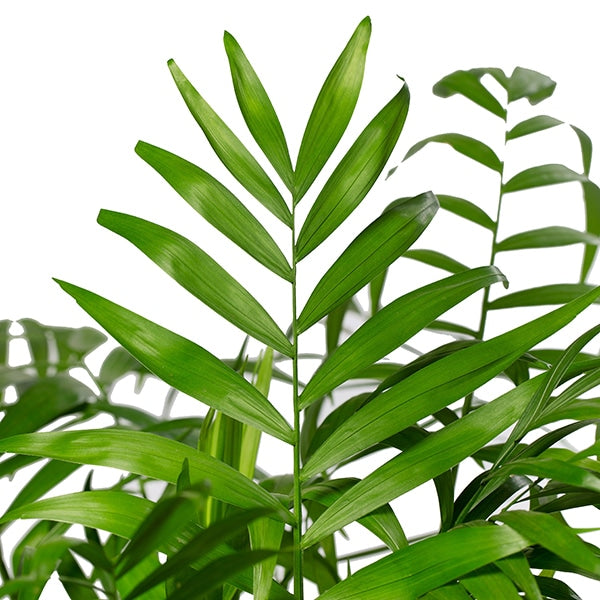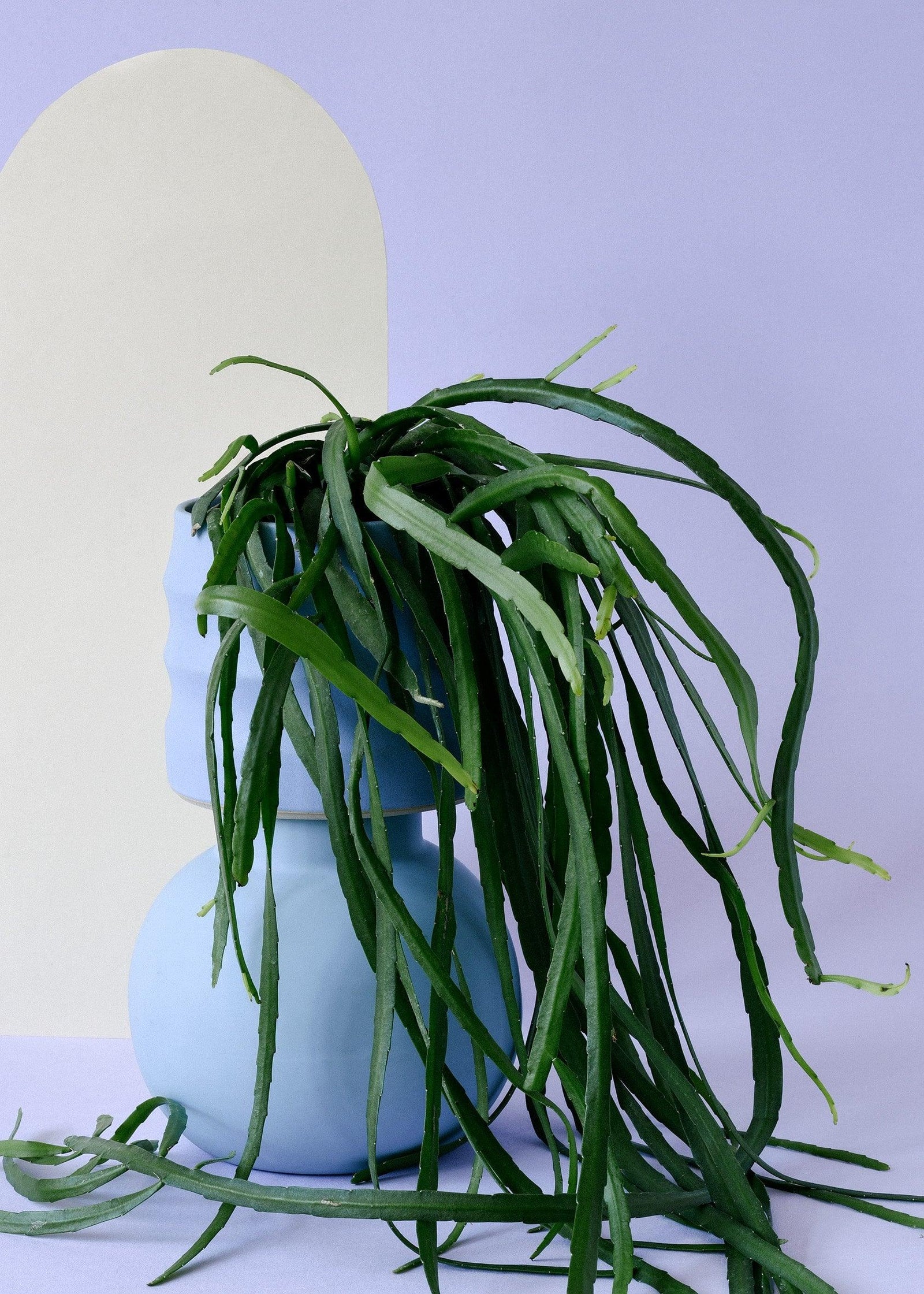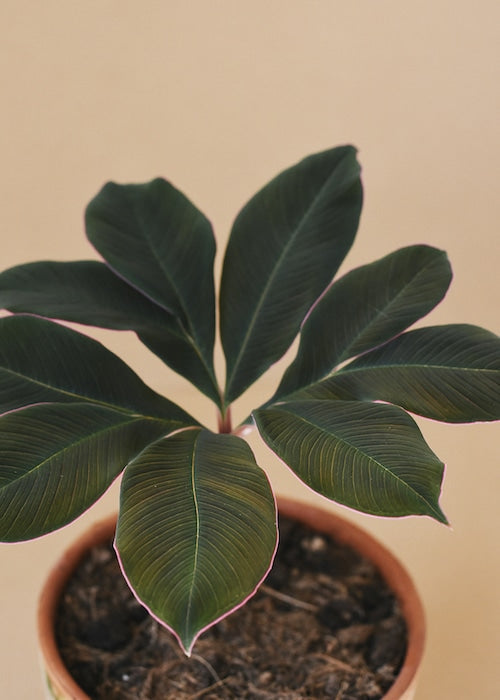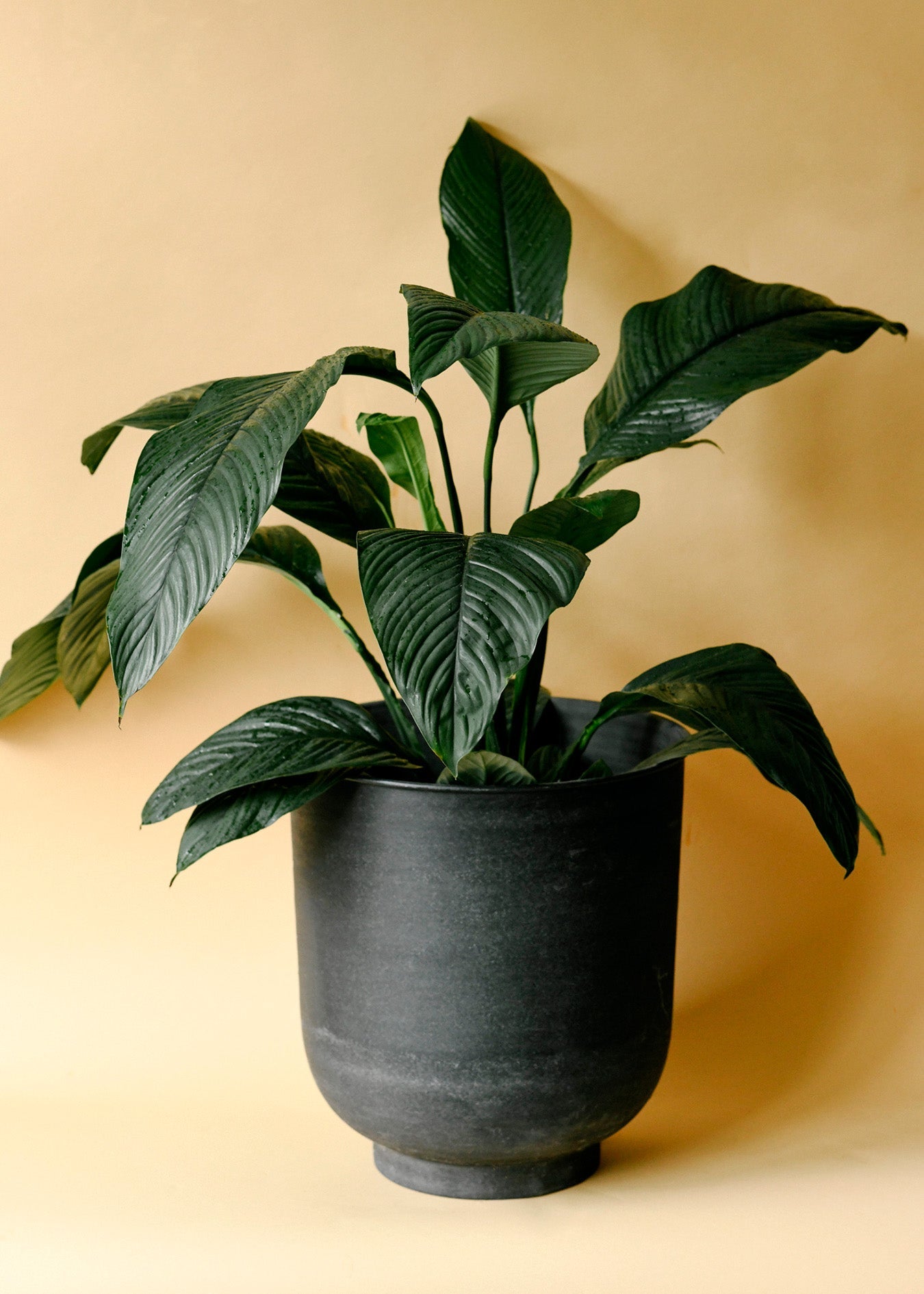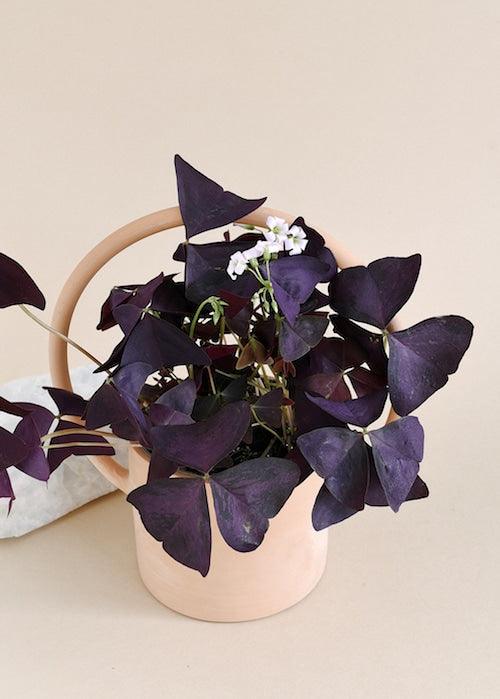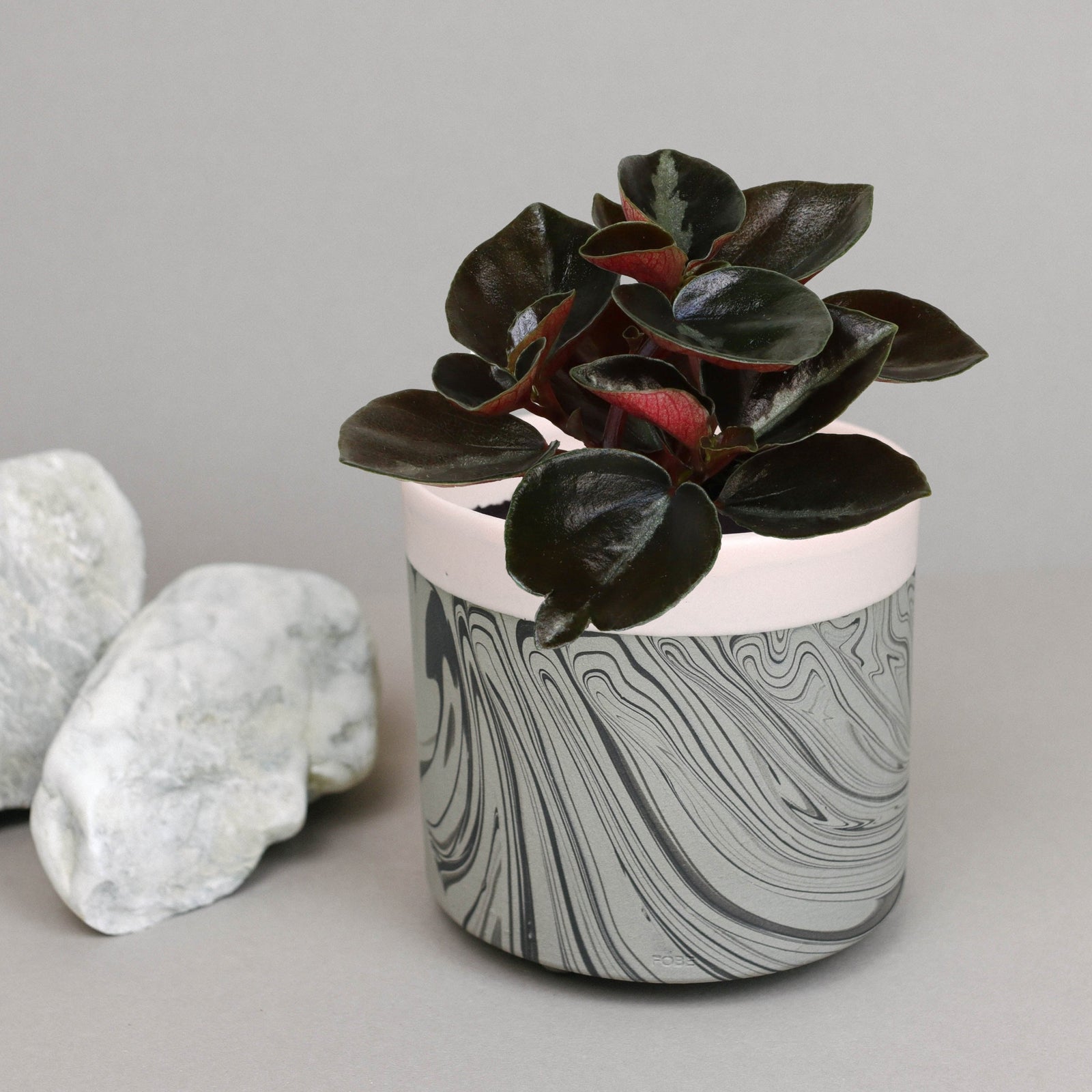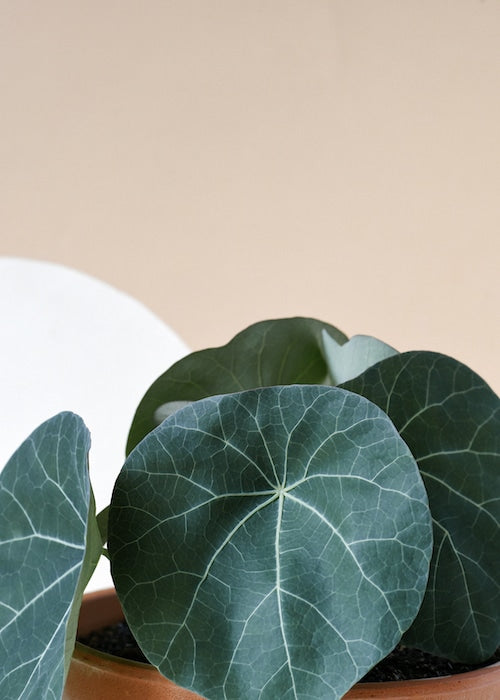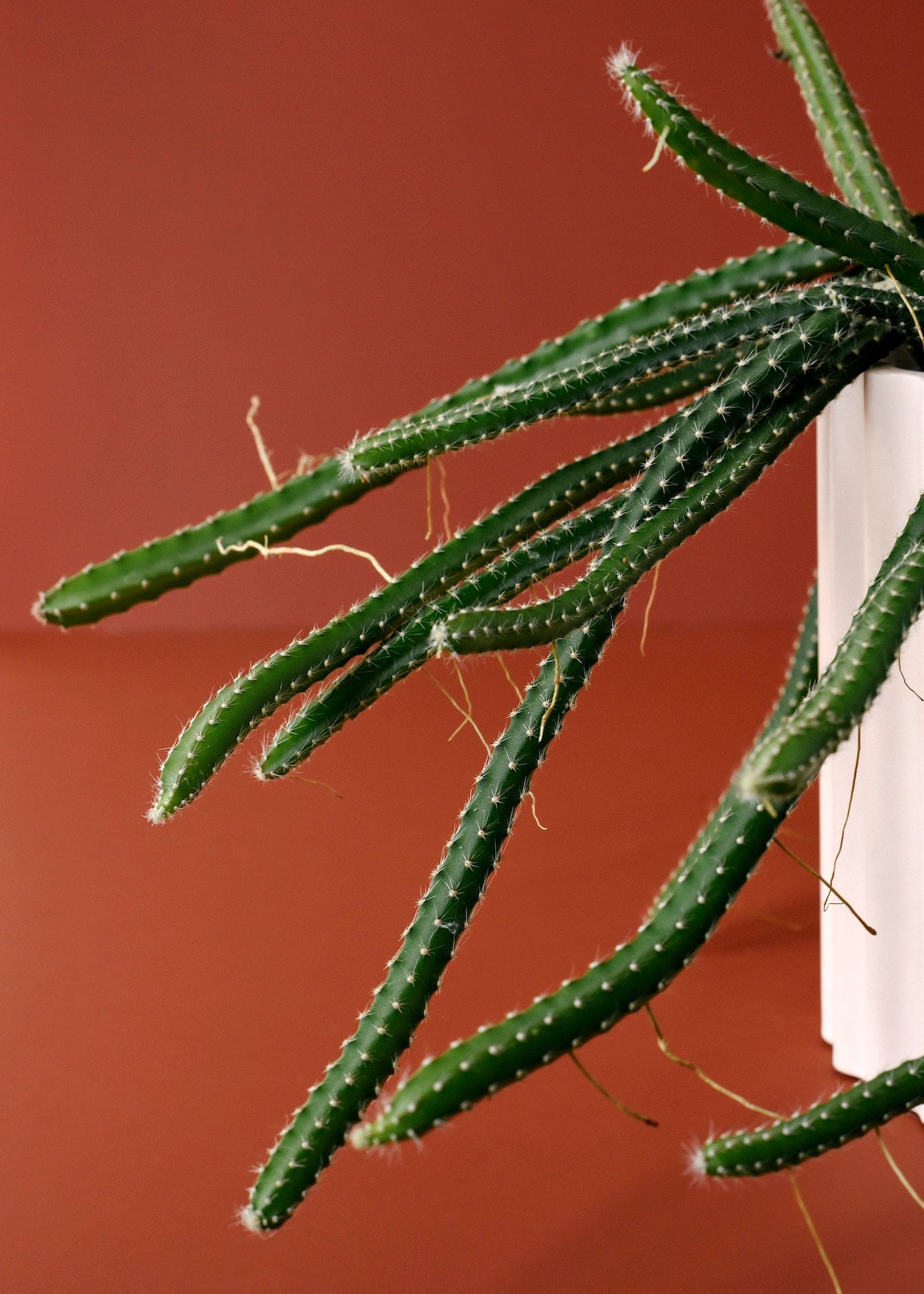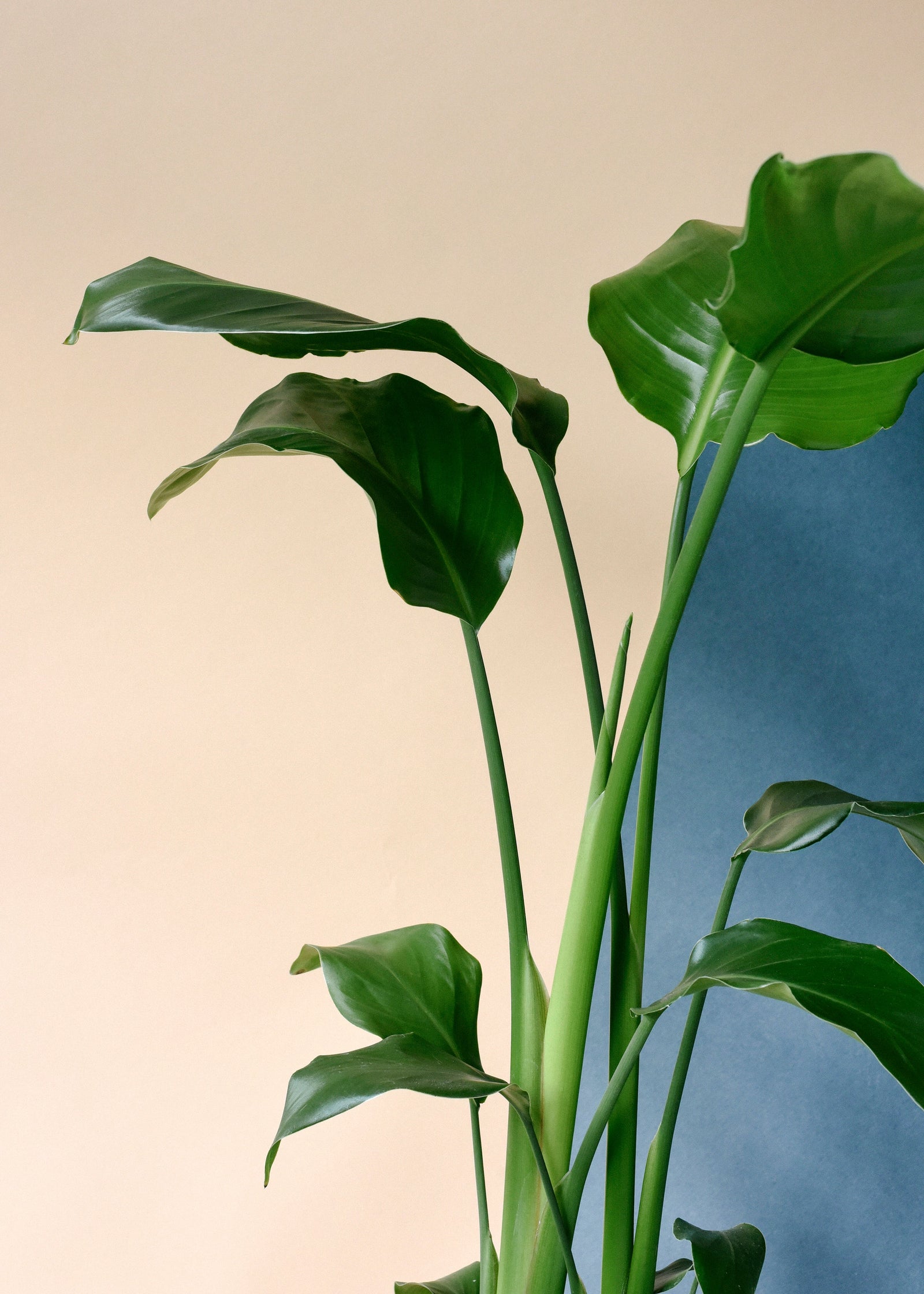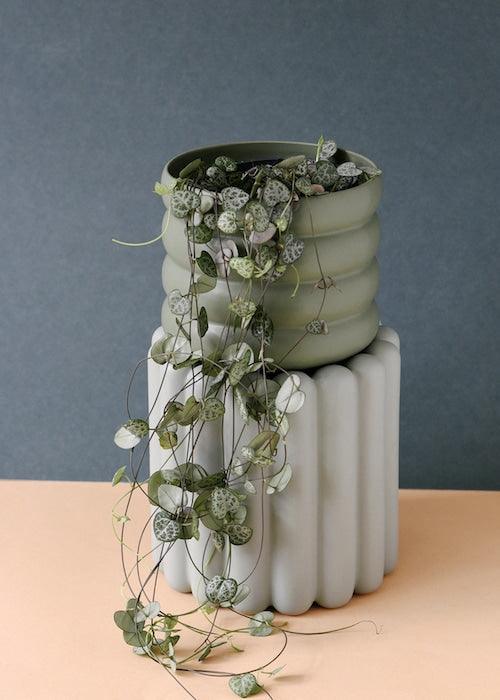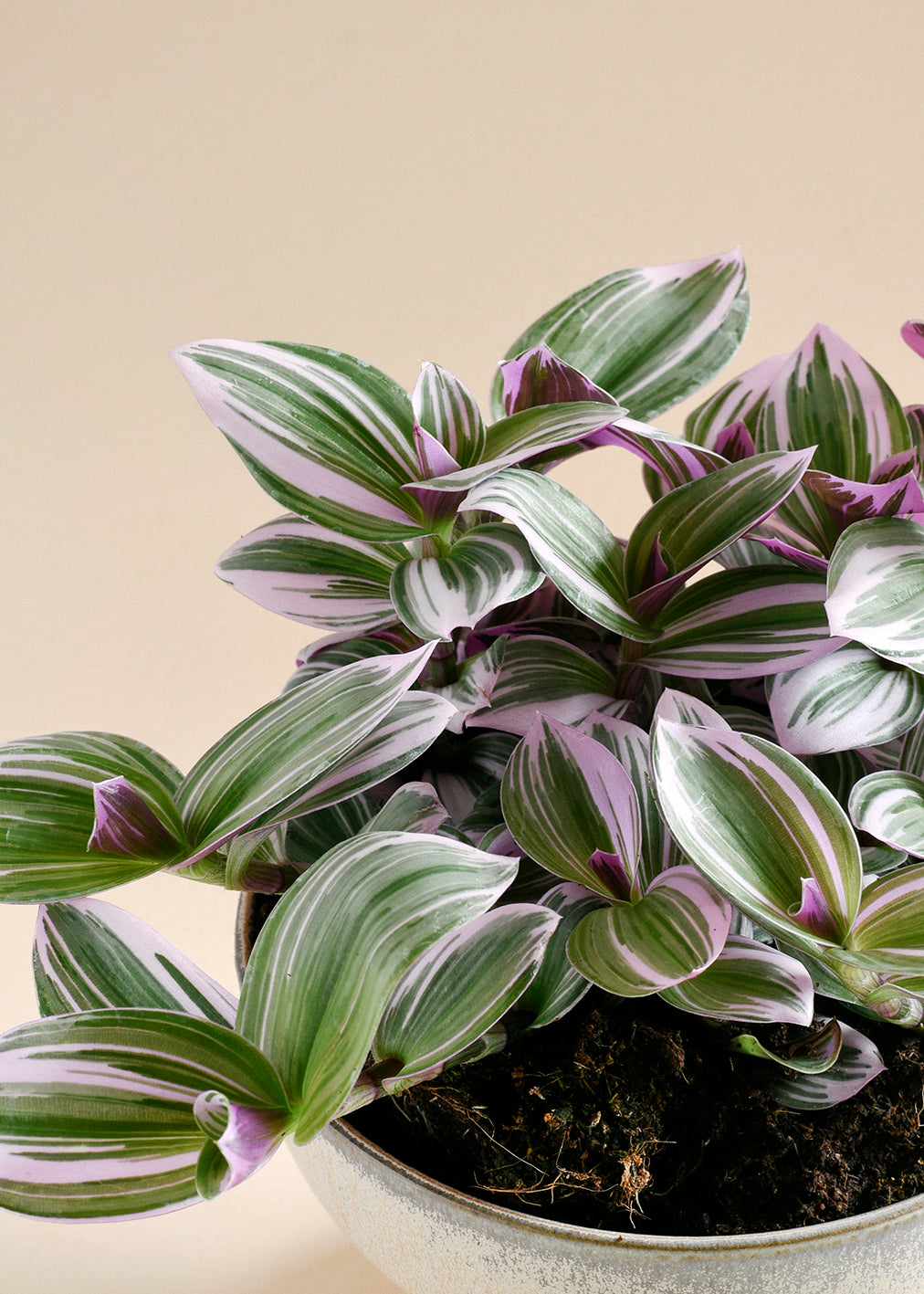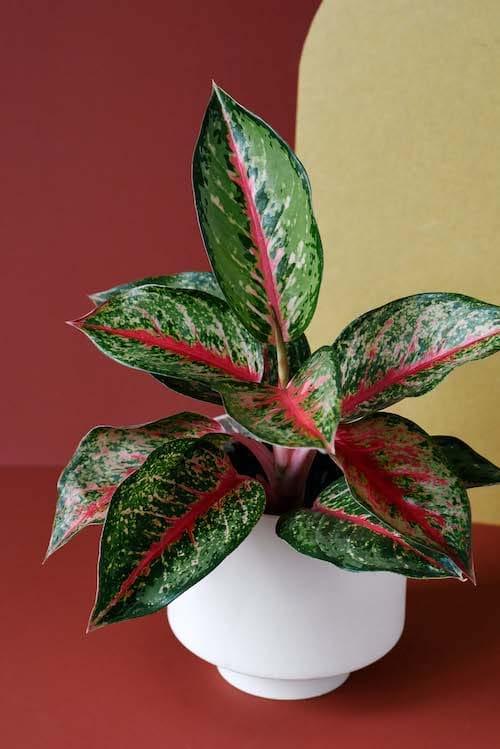Welcome to your go-to guide for nurturing Phyllanthus plants. Known for their unique beauty and minimal care requirements, Phyllanthus are an excellent addition to any indoor garden. Whether you're a seasoned plant lover or a novice, our comprehensive care tips will help you keep your Phyllanthus thriving.
Care Summary
| Aspect | Details |
|---|---|
| Light | Medium to bright indirect light |
| Watering | Sparingly, once per month in winter, once every week and a half in summer |
| Humidity | Average, around 50-60% |
| Soil | Fast-draining potting mix like cactus mix |
| Pruning | Prune to maintain shape and remove dead leaves |
| Toxicity | Toxic to humans and animals when ingested |
Lighting Tips
Phyllanthus plants thrive in medium to bright indirect light. Avoid direct sunlight, which can scorch their leaves. A north-facing window or a spot that receives filtered light is ideal for these delicate plants.
Watering Advice
Watering your Phyllanthus correctly is crucial for its health. During the summer, water the plant every week and a half, allowing the soil to dry out between waterings. In winter, reduce watering to once per month. Always ensure the pot has good drainage to prevent root rot.
Humidity and Soil Requirements
Phyllanthus plants prefer an average humidity of 50-60%. They are not overly demanding about ambient moisture but thrive in a well-ventilated area. Use a fast-draining potting mix, such as a cactus mix, to provide the ideal soil environment.
Pruning and Maintenance
Regular pruning helps maintain the shape of your Phyllanthus and encourages healthy growth. Prune back any overgrown branches and remove dead or yellowing leaves to keep the plant looking its best.
Why We Love It
The Phyllanthus is beloved for its easy care, striking appearance, and adaptability. It's a perfect plant for those who want greenery in their home without the hassle of high maintenance. Its ability to purify the air is an added bonus, making it not just beautiful but also beneficial.



